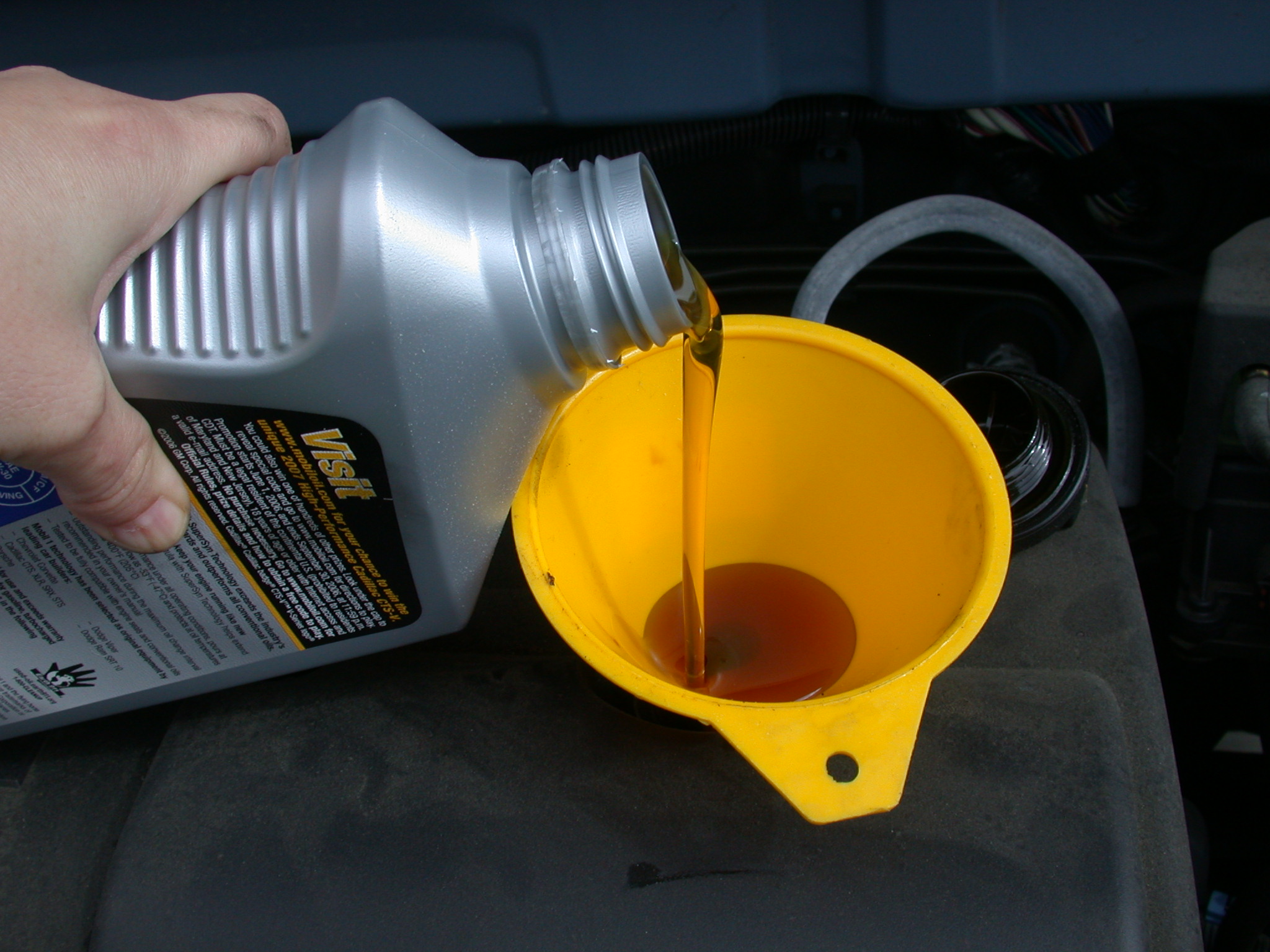
For years, conventional mineral-based motor oil was a driver’s only option. Repair shops and quick-change pushed the “3,000 mile rule” for oil change intervals, in order to keep an engine’s internal assemblies clean of carbon and sludge deposits. Today’s conventional oil formulations feature detergents, friction modifiers, dispersants and other additives that can allow a 5,000 mile interval for oil changes with no compromise in engine protection.
Older engines (past the 100,000 mile mark) tend to show a bit of wear, with looser internal clearances between moving parts. For these engines, a synthetic blend oil may be a better choice. Synthetic blend contains seal swell additives that can expand gaskets and other seals that may have dried out and shrank, helping to deter leaks.
For overall engine protection, though, the jury is in. After years of testing and real-world experience, it’s been shown beyond doubt that full synthetic motor oil does a superior job of engine protection. Synthetic motor oil is more stable across a wide temperature range; that means that it won’t thin out at high temperatures, or thicken in cold weather. This is especially crucial in winter, when motor oil needs to quickly flow to the valve assemblies and other mechanisms in the upper part of the engine at startup.
While full synthetic motor oil is considerably more expensive – about twice as much per quart – this extra cost is offset by a 10-12,000 mile oil change interval (always check your owner’s manual for manufacturer’s recommendations). This is why all manufacturers now recommend full synthetic for their new vehicles.
Regardless of whether you prefer conventional mineral-based motor oil, synthetic blend or full synthetic, we’ve got you covered for your next oil change at 106 St Tire & Wheel. What does your odometer read? Make an appointment with us!